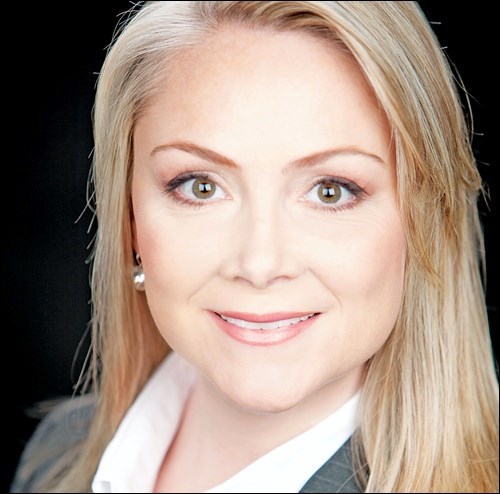Thinking of selling your cottage? If your cottage or recreational property is not your principal residence – and for most people, it’s not – when you sell it, you’ll pay capital gains tax on any appreciation in its value from the time you bought it. So along with all those ongoing maintenance costs, property taxes, and other expenses associated with ownership of a vacation property, you’ll be paying a good chunk of any gain in value to the federal government. But something called the “adjusted cost base” can cut the tax. Here’s how.
The Canada Revenue Agency calculates the capital gain on the sale of a cottage as the proceeds of the sale minus the cost of selling and the adjusted cost base (ACB). Here’s where things get interesting, especially if you’ve owned the cottage for a long time.
You have to remember that as with any bureaucracy, the document is paramount. Sometimes, it seems as if it doesn’t even matter what’s on the document, as long as there is one, so the appropriate box can be checked off on the appropriate form deep within the bowels of the CRA district tax office.
At any rate, when you sell a property, there will be ample documentation relating to the costs of selling, and it will all be handy – much of it with your lawyer and real estate agent. So this shouldn’t be a problem.
ACB games
The ACB is a different story. Obviously, the higher your ACB, the lower the net proceeds of the sale, and the lower your ultimate capital gains tax bill. Of course, the tax drones at the CRA are fully aware of this, so gains on second residences are often targeted for tax audits – just to ensure that the components of the ACB are documented and are all bona fide.
So what are the kinds of things that the CRA is likely to accept in your adjusted cost base?
Costs of acquisition. You’ll need proof of the original purchase price or some proof of value if the property was a gift or inheritance. Also, if you made an election to increase the ACB in 1994, you’ll need some evidence of that. Other costs of acquisition include such things as legal and inspection fees, land transfer taxes, sales commissions, survey, title insurance, and repairs to upgrade a property that was in disrepair (e.g., a new roof, flooring, walls, and so on), but you’ll have to demonstrate that the original purchase price would have been higher without these repairs.
Related property improvements. These include items not directly related to the building, such as a new water system, well, septic or holding tank, property drainage improvements, fixed decks and docks, and access driveway. It’s important to remember that these can be included in ACB if they are “new” and not a result of ongoing maintenance, which generally cannot be included in ACB. Receipts and proofs of payment are essential.
Qualifying renovations.Here’s where things get as little fuzzy. Renovations that introduce elements to the structure of the cottage or residence that weren’t there before will generally qualify to be included in the ACB. Perhaps you added a bathroom (and all the fixtures), or a new deck, or even a couple of new bedrooms that expanded the size of the cottage. All these would be accepted in the ACB.
The test that CRA uses is to determine whether the item is ongoing maintenance or an improvement is to assess whether the building has actually been improved as a result or whether it’s simply been restored to its previous state. So a coat of stain on old siding won’t count, but an upgrade from rotting wood siding to quality aluminum or brick would. Other types of improvements that generally are acceptable in ACB are new windows and doors, new flooring or walls, and upgraded kitchen and bathroom fixtures. Keep all receipts and proofs of payment. (Repetitive, I know, but I can’t stress the importance of this enough.)
Reporting the sale
Finally, remember that unless you specifically report the gain on the sale of your recreational or secondary property when you file your taxes for the year, the CRA will assume you have designated that property as your principal residence. So if you have more than one property that could be designated as a principal residence, be sure to discuss which one to designate as such with your financial planner beforeyou put that cottage up for sale.
Courtesy Fundata Canada Inc. © 2015. Robyn Thompson, CFP, CIM, FCSI, is president of Castlemark Wealth Management. This article is not intended as personalized advice.



